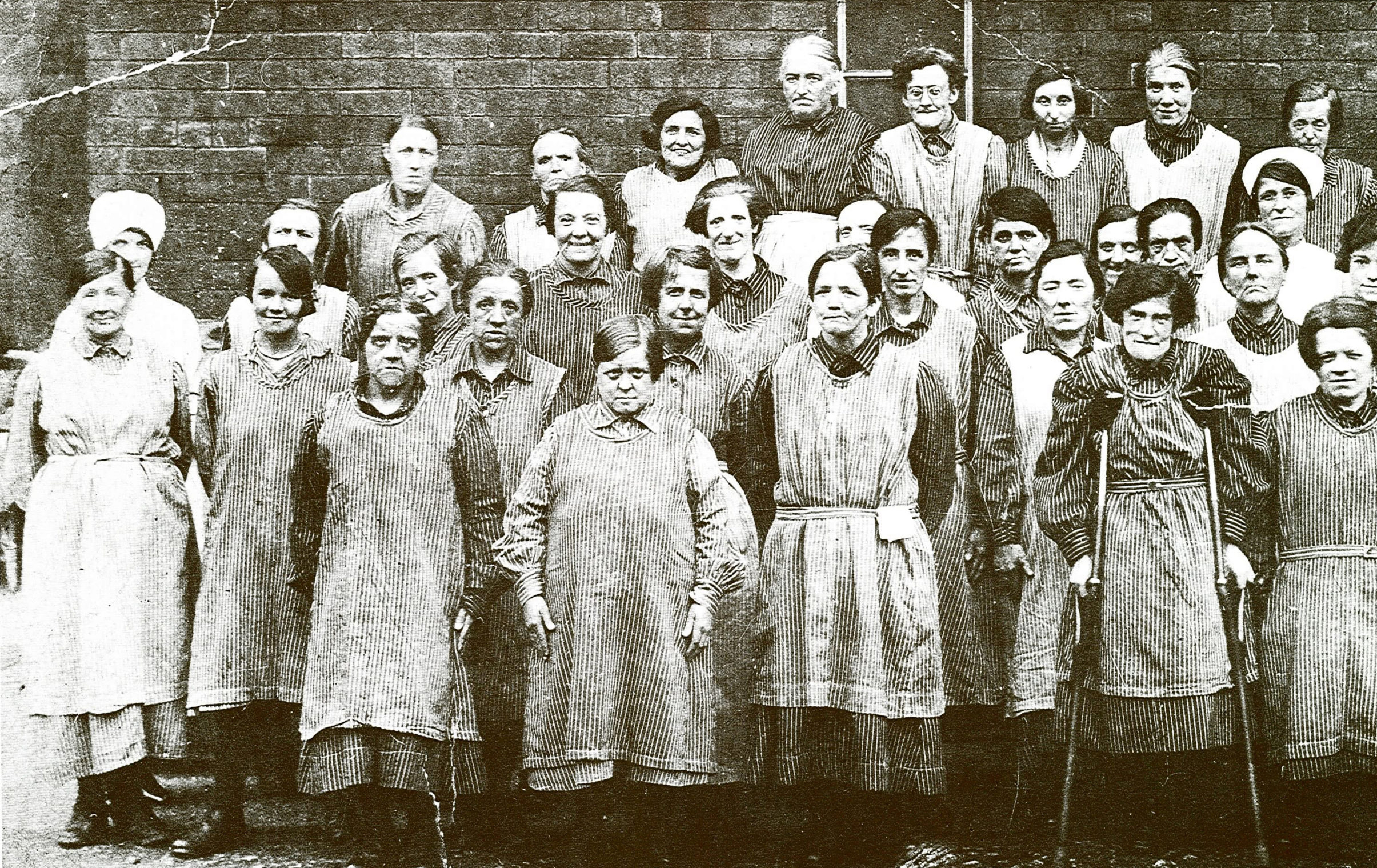History

History of the Thackray
The Thackray Museum of Medicine first opened (as the Thackray Medical Museum) in 1997, in the former Leeds Union Workhouse building next to St James’s Hospital in Leeds, co-founded by medical supplies manufacturer Paul Thackray and the physician and educator Professor Monty Losowsky.
The museum has its roots in the Charles F Thackray Medical Supplies Company. The Thackray company was founded in 1902 as a corner pharmacy in Leeds and grew to become a major international medical supplies manufacturer. In 1990 the company was sold to DePuy Synthes (now a subsidiary of Johnson and Johnson), who still operate an international Orthopaedics R&D centre at the former Thackray site in Beeston. Following the sale, one of the directors, Paul Thackray, established a number of charities to support the company’s collection as a resource for research and public education. These included the museum itself and the Thackray Medical Research Trust, which continues to support the museum’s educational and research activities.
With assistance from Professor Monty Losowsky, a home for the museum was found in a building on the St James’s Hospital campus in the former Leeds Union Workhouse building (1861) – itself an important artefact in the story of public health and medicine in Leeds. The building formed the main block of the Leeds Workhouse Infirmary, which grew over time into St James’s Hospital, part of Europe’s largest teaching hospital. It sits on Beckett Street, in Harehills, opposite a large Victorian cemetery and alongside the sprawling Victorian back-to-back terraces of East Leeds.
Opened with assistance from the (as then) Heritage Lottery Fund, the museum was welcomed for its innovative approach, and quickly established itself as the leading independent medical museum in the UK. In April 2018 the museum was awarded National Portfolio Organisation status by Arts Council England. In May 2019, the museum closed for a major refurbishment – reopening (after delays resulting from the Coronavirus pandemic) in May 2021. In July 2021 the museum was announced as a finalist for the Art Fund Museum of the Year Prize.
Together, the museum’s collection, historic setting, public ethos and unique geography provide a strong foundation for its mission and theory of change.
